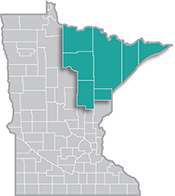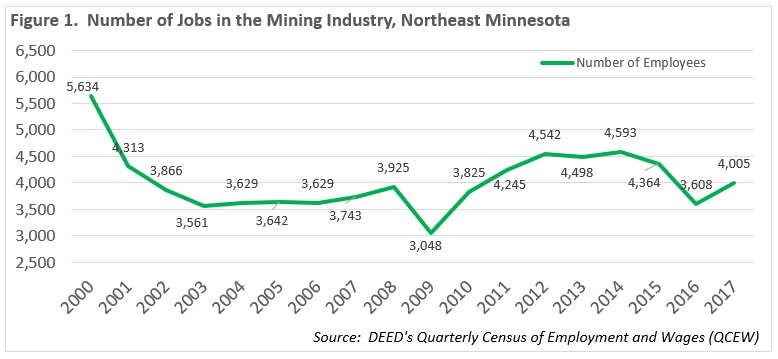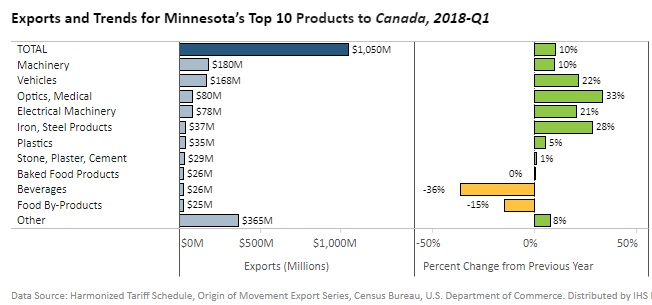 Home to the state's second-largest metro, the Northeast Region has a strong industrial sector, tied largely to the area's abundant natural resources.
Home to the state's second-largest metro, the Northeast Region has a strong industrial sector, tied largely to the area's abundant natural resources.
Most of the manufacturing base centers on mining and forest products industries. More than half of the sector's employment is in paper and machinery manufacturing.
Want the freshest data delivered by email? Subscribe to our regional newsletters.
6/28/2018 5:00:00 PM
Erk White
On June 1, 2018, trade tariffs on steel and aluminum from three of America’s biggest trading partners – Canada, Mexico, and the European Union – took effect. The trade penalties, 25 percent on imported steel and 10 percent on imported aluminum, come after failed negotiations from exemptions granted after President Trump announced worldwide steel and aluminum tariffs in March. The tariff announcements generated retaliatory tariffs from the trading partners, including Canada, imposing tariffs on steel and aluminum coming from the United States.
The effects and consequences of this trade war and others are still uncertain, but Northeast Minnesota’s economy will no doubt be impacted. For one, Northeast Minnesota is home to iron ore mining and taconite production, the building block for steel-making in the United States. The tariffs were announced in part to protect the domestic mining industry, but Canada is also a major market for Iron Range taconite, and it is unclear how the tariffs will impact the demand for local taconite.
Employment in the mining industry in Northeast Minnesota has seen ups and downs but has experienced employment gains after several mining shutdowns in 2016. In 2017, there was an annual average of 4,005 jobs in this industry, an increase of nearly 400 employees from the year before, indicating that the mines are back on line and hiring again. However, employment still lags from where it was prior to the 2016 slowdown, when it averaged just over 4,500 jobs in the Arrowhead region between 2012 and 2015 (Figure 1)

While mining employment only represents 2.8 percent of total employment in the Arrowhead, the average annual wage is $89,492 – more than double the average annual wage for all employment at $43,056 for the Northeast region.
The shipping industry and the Duluth Port will also be affected. Canada remains the port’s largest foreign trading partner, according to Adele Yorde, public relations director for the Duluth Seaway Port Authority, and Canadian Lakers account for 20 to 30 percent of the vessel traffic in and out of the port. Not only is taconite regularly moved to Canada, but so is grain, and retaliatory tariffs between the two nations could leverage long-term effects on the region’s shipping industry.
According to DEED’s Export and Trade Statistics, Minnesota exported over $4.2 billion dollars in products to Canada in 2017 including: Vehicles, machinery, electrical machinery, medical optics, ores, slag, ash, plastics, beverages, iron and steel products, baked food products, and mineral fuels and oils. There is no doubt that a trade war with our northern neighbor will impact the marketplace for Minnesota products, and retribution could affect employment opportunities throughout the state and region.

Contact Erik White at 218-302-8413 or email erik.white@state.mn.us.